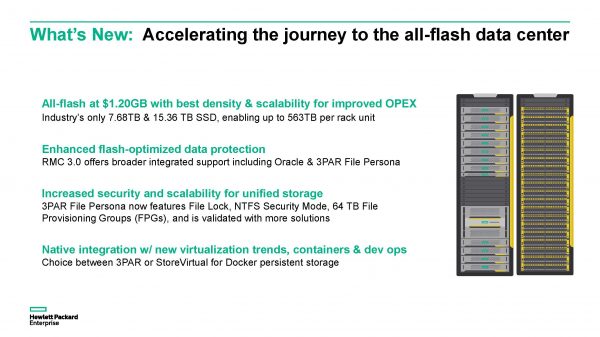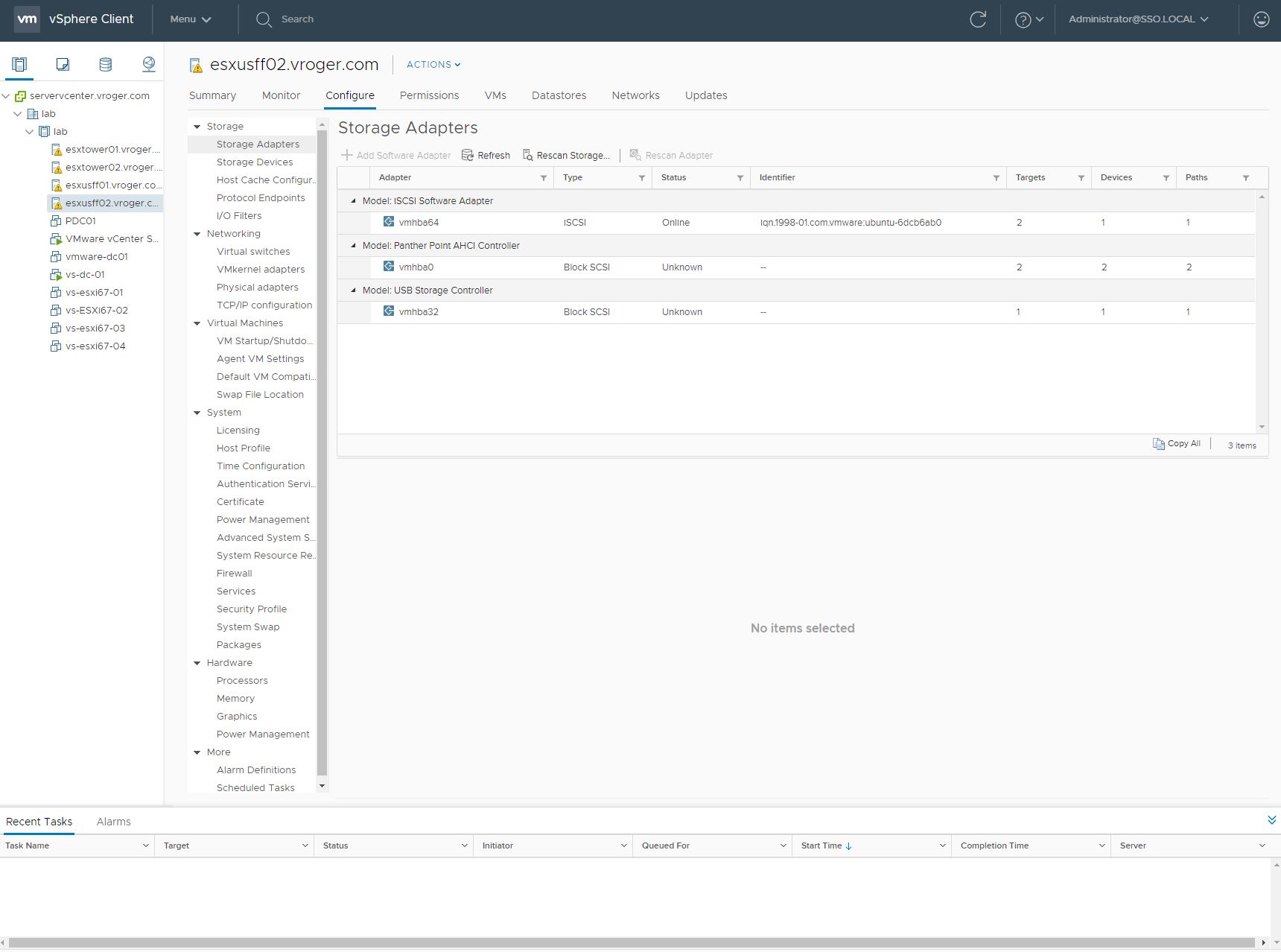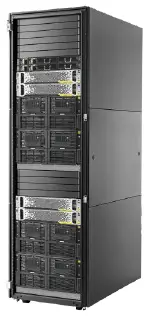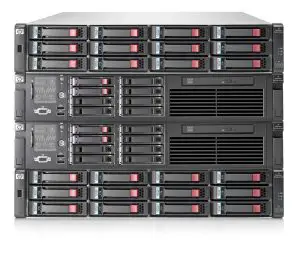For every StoreOnce customer out there who also uses 3PAR storage, I think you owe it to yourself to take a look at HPE’s Recovery Manager Central (RMC) product and specifically at its Express Protect. RMC Express Protect offers the potential of significantly faster backups, longer term retention, and a huge improvement to the workflow and capabilities of your backup and DR strategies.
What is RMC?
Recovery Manager Central is a product that has existed with 3PAR for a long time. It provides the ability to take application consistent snapshots with a 3PAR array – utilizing built-in software features, like VSS on Microsoft, to coordinate the snapshot ensuring data integrity. HPE currently offers RMC for VMware vSphere, Oracle database, SAP HANA, Microsoft SQL and now Exchange.
Express Protect is a feature of RMC that offers direct integration between the 3PAR and StoreOnce arrays allowing 3PAR snapshots to be offloaded directly to StoreOnce backup storage arrays for longer term backups than array-based snapshots allow using deduplication and Catalyst compression. Once a volume is protected with Express Protect, only the delta changes of a volume need to be transmitted to StoreOnce to create a new recovery point.
HPE says that they are seeing up to 23x better backup speeds and up to 15x better restore speeds compared to traditional backups.
Why is RMC so good?
RMC is just an enabling product, to me, in a customer environment that already includes StoreOnce and 3PAR. It provides the application consistent snapshots needed for data integrity in a DR or backup scenario on 3PAR arrays. And RMC unlocks a native pathway between 3PAR and StoreOnce for direct, fast backups.
With the current threat landscape from ransomware, it can be hard to determine when an infection occurred. To lessen the potential impact of a ransomware attack, a lot of companies are turning to backups and snapshots as mitigating steps. Express Protect gives you both capabilities in the same package – on steroids. Its faster both to backup and restore than traditional methods.
Native replication exists in both the 3PAR and StoreOnce platforms, meaning you can easily leverage this technology in multiple locations for DR purposes. StoreOnce provides a number of other alternatives that 3PAR doesn’t have. Because StoreOnce is software defined, customers can spin up a low-cost StoreOnce virtual appliance in another datacenter on cheap-and-deep storage or even in Microsoft Azure. This can become an offsite replication target.
In DR scenarios, your replicated data can be mounted as a read-only copy from the StoreOnce and data can be pulled and restored from this read-only copy – but this will be SLOW. StoreOnce is not intended to run primary storage workloads and the read-only copy would allow for a restore but not for a workload to run. This means you wouldn’t need a 3PAR on the remote end, however it would work best with a 3PAR on the remote side.
HPE also has an offering called Cloud Bank Storage, which is cloud object storage as another target for StoreOnce replication. This can be Amazon Web Services object store, Azure object store or an on-premises Scality object store as a target.
Integrations with third-party software vendors, like Veaam and Symantec, can also leverage native capabilities of StoreOnce and RMC to orchestrate jobs.


 This week at HP Discover, HP announced a new Federated Catalyst feature for the StoreOnce family of disk to disk backup arrays. The new capability will allow backup administrators to make large Catalyst stores on a StoreOnce and allow for data to be striped across all the back-end service sets in the array. Federated Catalyst is available immediately on the StoreOnce B6500 line and will be coming in a few weeks to the StoreOnce B6200 line.
This week at HP Discover, HP announced a new Federated Catalyst feature for the StoreOnce family of disk to disk backup arrays. The new capability will allow backup administrators to make large Catalyst stores on a StoreOnce and allow for data to be striped across all the back-end service sets in the array. Federated Catalyst is available immediately on the StoreOnce B6500 line and will be coming in a few weeks to the StoreOnce B6200 line.
